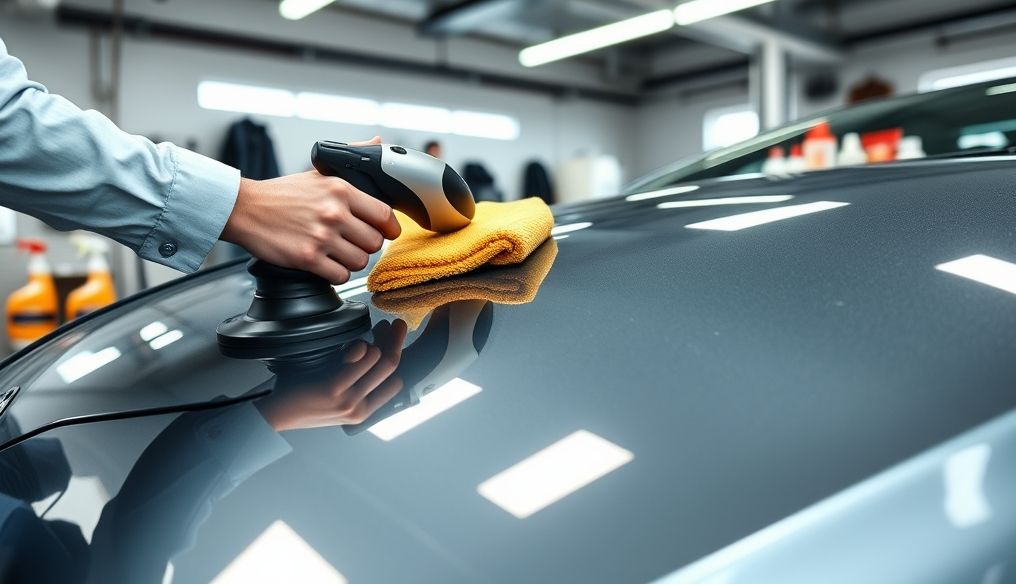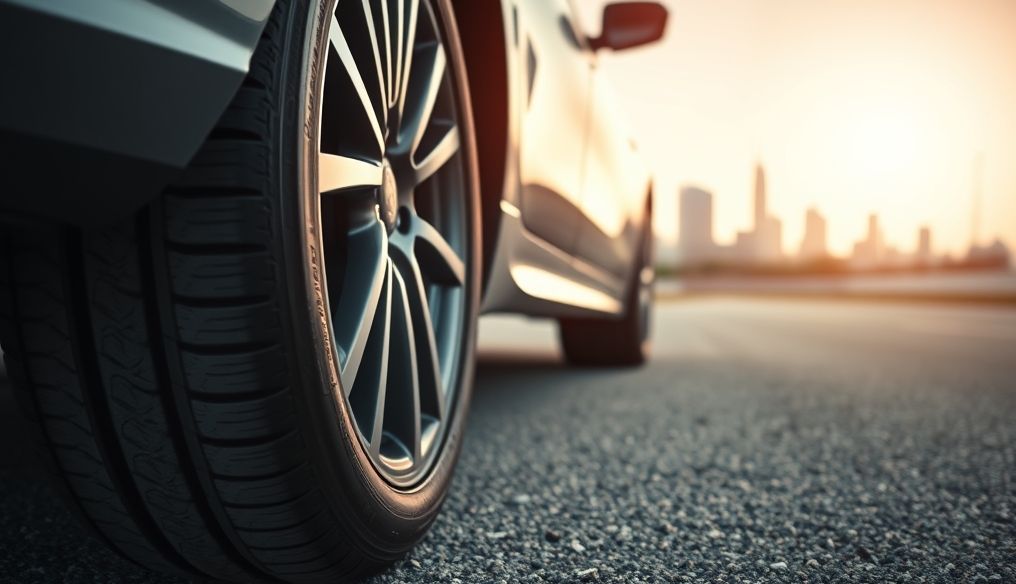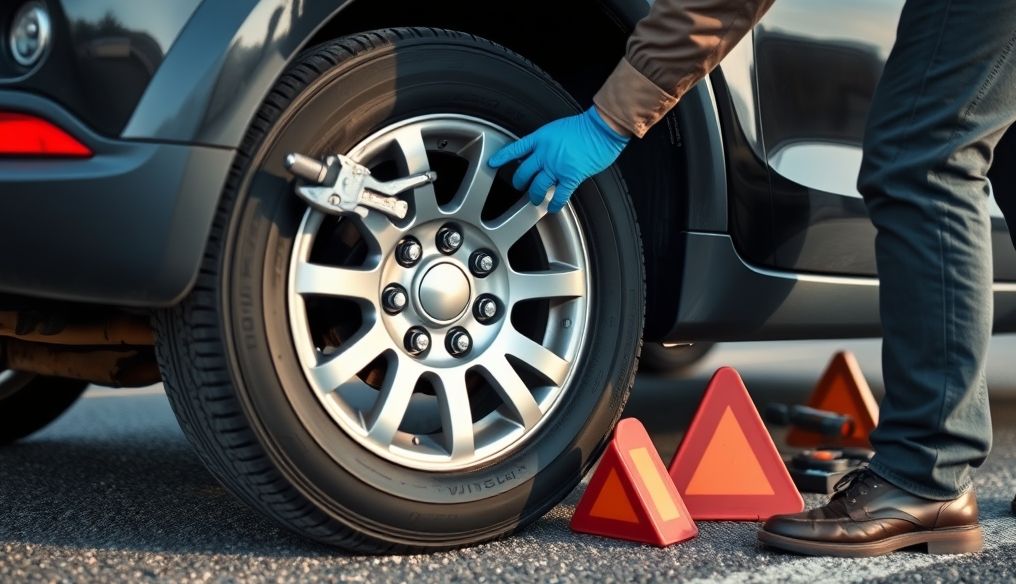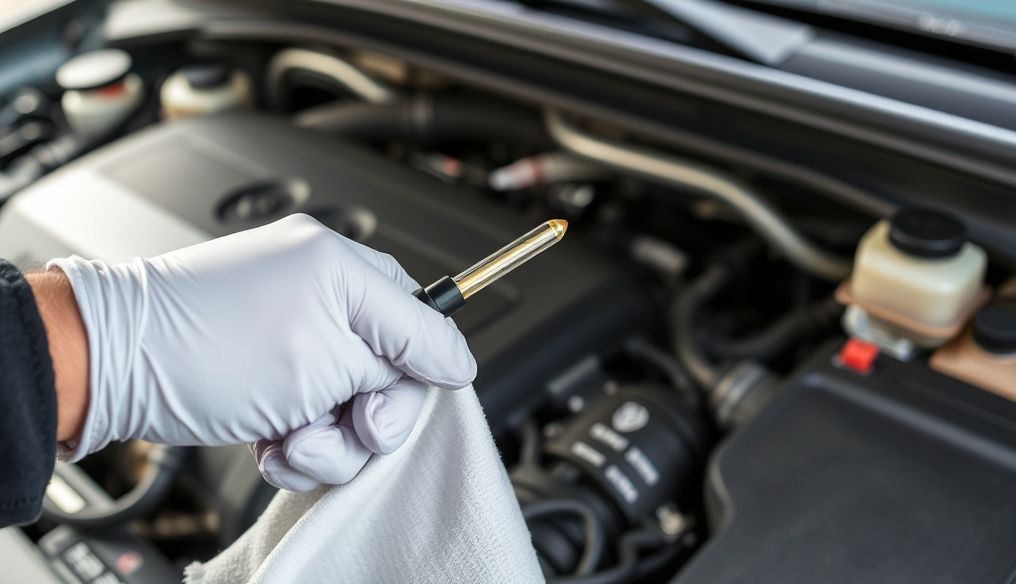How Do I Clean and Polish My Car at Home Like a Pro Without Damaging the Paint?
Keeping your car clean and shiny not only enhances its appearance but also protects it from damage caused by dirt and pollutants. Regular cleaning and polishing prevent rust and corrosion build-up, extending the life of your car. In this article, we will detail how to clean and polish your car at home like a professional, focusing on protecting the paint and avoiding common mistakes.
1. Necessary Tools and Materials
Before you begin, make sure you have all the necessary tools and materials. This saves you time and effort and ensures you get the best results:
- Two Buckets: One bucket for water and soap, and one for clean water for rinsing.
- Car Wash Soap: Use soap specifically designed for cars to avoid damaging the paint.
- Microfiber Wash Mitt: Gentle on the paint and effectively removes dirt.
- Water Hose: With an adjustable nozzle.
- Microfiber Drying Towel: To dry the car without leaving water spots.
- Clay Bar: To remove contaminants stuck on the paint.
- Polish: To remove fine scratches and restore shine.
- Paint Protection (Wax or Sealant): To protect the paint from the elements.
- Polishing and Protection Application Tools: Polishing pads, microfiber cloths.
- Glass Cleaner: To clean windows and mirrors.
- Tire Cleaner: To clean and polish tires.
- Tire Brush: To clean dirt from tires.
- Vacuum Cleaner: To clean the interior of the car.
- Interior Cleaning Brushes: To clean air vents and tight spaces.
2. Initial Wash: Removing Surface Dirt
The first step is to remove surface dirt from the car. This step is necessary to prevent scratching the paint during washing:
- Rinse with Water: Rinse the entire car with water to remove loose dirt and dust.
- Prepare Two Buckets: Fill one bucket with water and car-specific soap, and the other with clean water.
- Washing: Dip the wash mitt into the soap bucket, then start washing the car from top to bottom. Rinse the mitt in the clean water bucket regularly to remove dirt.
- Final Rinse: Rinse the entire car with clean water to remove all traces of soap.
3. Drying: Preventing Water Spots
Immediate drying after washing prevents water spots from appearing on the paint:
- Use a Microfiber Towel: Use a large microfiber towel to dry the car. Start from top to bottom, making sure to dry all surfaces.
- Focus on Difficult Areas: Pay special attention to areas where water accumulates, such as door and window edges.
4. Removing Stuck Contaminants Using Clay Bar
Clay bar removes contaminants that cannot be removed by regular washing, such as insect residue, tar, and paint spray:
- Preparing the Clay: Shape a small piece of clay into a flat disc.
- Lubrication: Spray the area you will be working on with a lubricant specifically designed for clay bars.
- Passing: Gently pass the clay over the paint surface in a back-and-forth motion.
- Folding and Repeating: Fold the clay repeatedly to reveal a clean surface, and continue passing until the surface is smooth.
- Rinsing and Drying: Rinse the area and dry it after finishing.
5. Polishing: Restoring Shine and Removing Fine Scratches
Polishing removes fine scratches and swirl marks, restoring shine to the paint:
- Choosing a Polish: Choose a polish suitable for your car's paint type and the condition of the scratches.
- Application: Apply a small amount of polish to the polishing pad.
- Polishing: Use a rotary or orbital polishing machine in a slow, regular motion to polish the paint.
- Wiping: Wipe away polish residue with a clean microfiber cloth.
6. Paint Protection: Wax or Sealant
Protecting the paint with wax or sealant prevents paint damage caused by the elements and UV rays:
- Choosing the Product: Choose a suitable wax or sealant. Wax provides a deep shine, while sealants provide longer-lasting protection.
- Application: Apply a thin layer of wax or sealant to the paint using the dedicated application tool.
- Waiting: Allow the product to dry according to the manufacturer's instructions.
- Polishing: Polish the paint with a clean microfiber cloth to remove any residue.
7. Cleaning Windows and Mirrors: Clear Vision
Clean windows and mirrors are essential for driving safety:
- Spray the Cleaner: Spray glass cleaner on windows and mirrors.
- Wiping: Wipe the glass with a clean microfiber cloth in a circular motion.
- Drying: Dry the glass with a dry microfiber cloth to remove any streaks.
8. Cleaning and Polishing Tires: Attractive Appearance
Clean and shiny tires complement the overall appearance of the car:
- Cleaning: Use the tire brush and tire cleaner to remove dirt from the tires.
- Polishing: Apply tire polish to the tires for a shiny look.
9. Cleaning the Interior: Comfortable Environment
Cleaning the interior of the car enhances comfort and improves air quality:
- Removing Trash: Remove all trash and unnecessary items from inside the car.
- Vacuuming: Use a vacuum cleaner to suck up dirt and dust from seats, carpets, and floors.
- Cleaning Surfaces: Use a suitable interior cleaner to clean plastic and vinyl surfaces.
- Cleaning Air Vents: Use a small brush to clean dust from air vents.
Additional Tips for Keeping Your Car Clean and Shiny
- Regular Washing: Wash your car regularly, especially after driving in harsh weather conditions.
- Storage in a Shaded Place: Store your car in a shaded place to protect it from harmful sunlight.
- Repair Small Scratches: Repair small scratches as soon as possible to prevent rust.
- Use Seat Covers: Use seat covers to protect the seats from stains and damage.
By following these steps and tips, you can clean and polish your car at home like a pro, and keep it in top condition for years to come. Remember that patience and attention to detail are key to achieving great results.




